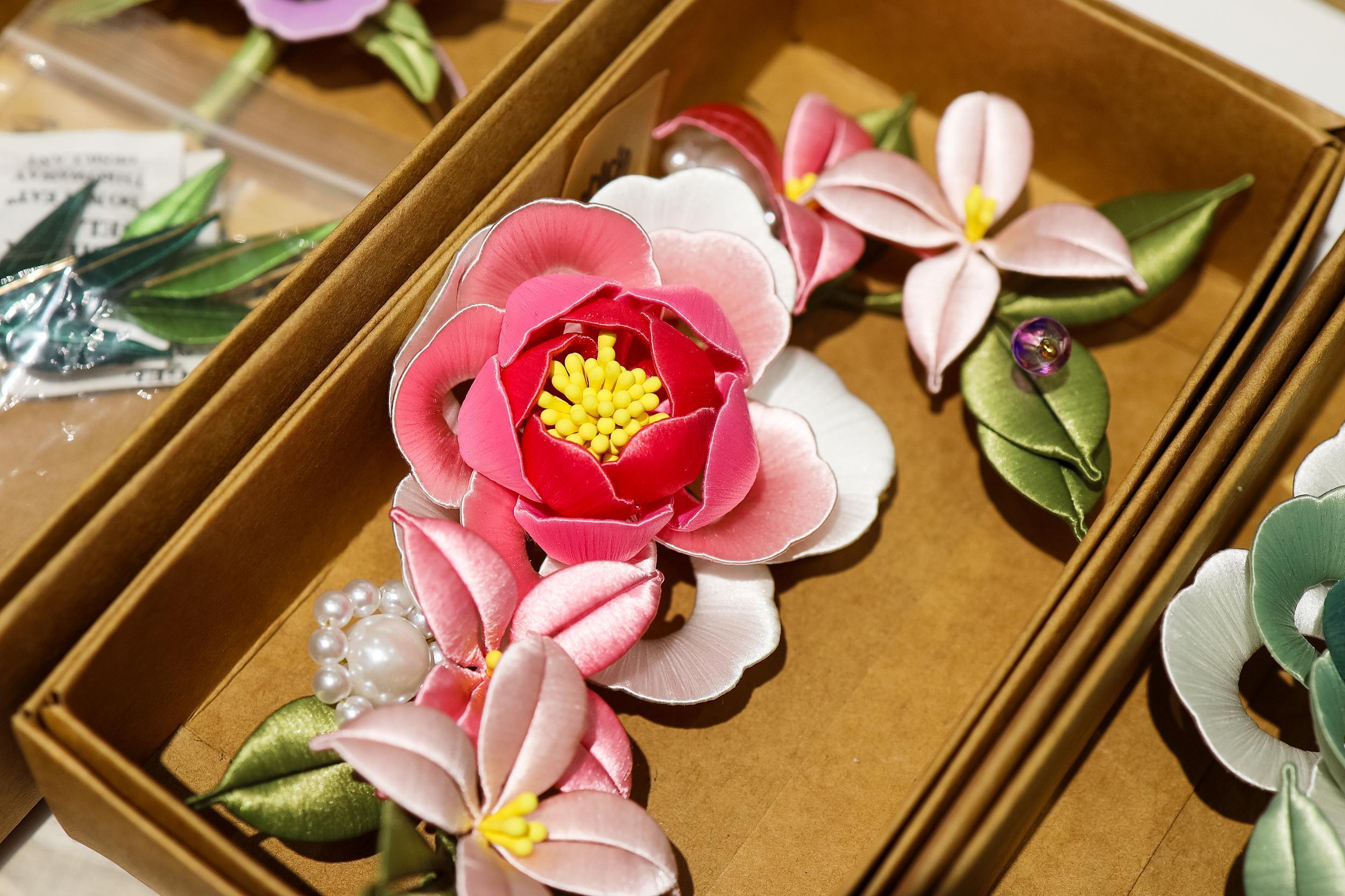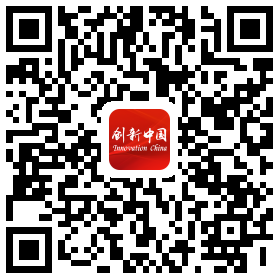China's Silk Mastery Weaves Enduring Legacy

Traditional Chinese sericulture and silk craftsmanship is a complex handicraft system involving many skills such as growing mulberries, raising silkworms, silk reeling, dyeing and fabric weaving as well as folk customs and practices derived from silk production.
Chinese silk weaving has a long history, dating back to the Neolithic period. The earliest known fragments of silk fabric dating back more than 4,700 years were unearthed at the Qianshanyang site in Wuxing, Zhejiang province.
During the Shang and Zhou dynasties, silk production began to take shape and gradually increased in variety. During the Qin and Han Dynasties, the Silk Road was opened and Chinese silk was exported to Central Asia, West Asia and Europe, becoming a luxury sought after by the world. Silk weaving techniques reached their peak during the Tang and Song dynasties, with significant improvements in output and quality, while the Ming and Qing Dynasties saw Zhejiang become a center of silk production, forming a unique silk culture and industrial system.
From picking the tender green mulberry leaves in the mulberry garden, to the silkworms spinning the silk cocoons, and crystal silk threads pulled out during the reeling process, before finally being woven in to exquisite silk fabrics, each step embodies the wisdom and hard work of the ancient Chinese people. In this process, the craft of reeling and weaving is particularly critical, requiring craftsmen to master a variety of tools and techniques, such as the traditional foot-operated loom, which can weave silk with different patterns and fine textures.
Chinese people were the first to invent and mass produce silk. The silk products they made opened up the world's first large-scale trade exchange between East and West between the second and first centuries BC, known as the Silk Road. In 2009, China's sericulture and silk weaving were inscribed on UNESCO's Representative List of the Intangible Cultural Heritage of Humanity.






